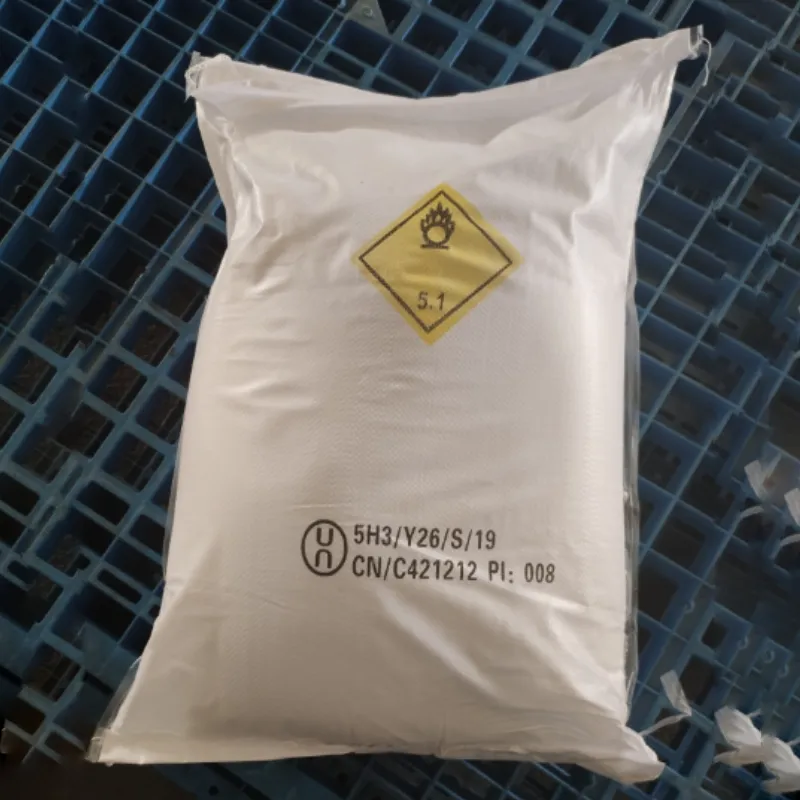
formic acid use
Formic Acid Use An Overview of Applications and Importance
Formic acid, a simple carboxylic acid with the chemical formula HCOOH, is an organic compound that has attracted significant attention due to its various applications across different industries. It is a colorless liquid with a pungent odor and is known as a natural source of acid in nature, primarily found in the venom of ants and some other insects. The versatility of formic acid makes it an important compound in the chemical industry and beyond.
Industrial Applications
One of the primary uses of formic acid is in the textile industry, where it serves as a dyeing and finishing agent. It helps in the alkaline treatment of wool and is used in the production of leather, where it aids in the tanning process. The use of formic acid in these sectors not only enhances the quality of the products but also contributes to the efficient use of resources by minimizing waste.
In addition to textiles and leather, formic acid plays a vital role in agriculture. It is used as a preservative for silage and animal feed, improving the nutrient retention of feed and enhancing fermentation. The acid inhibits the growth of molds and bacteria, ensuring that the feed remains safe and nutritious for livestock. Furthermore, formic acid is employed as a natural pesticide and herbicide, effective against a range of pests while being more environmentally friendly than many synthetic options.
Formic Acid in the Chemical Industry
Formic acid is also widely used in the synthesis of various chemicals. It is an important reagent in the production of glycolic acid, which is utilized in cosmetics and skincare products due to its exfoliating properties. Additionally, formic acid is used as a starting material for the synthesis of numerous pharmaceuticals and agricultural chemicals, demonstrating its importance in research and development.
In the realm of energy, formic acid is being explored as a potential hydrogen carrier. It can store hydrogen in a stable form, which can be released through dehydrogenation processes. This technology holds promise for the future of clean energy, particularly in fuel cell applications, offering a safe and efficient way to store and transport hydrogen fuel.
formic acid use

Environmental Considerations
Formic acid is often viewed as a more environmentally friendly alternative to many conventional acids. Its biodegradability and low toxicity make it a preferred choice in various applications where ecological safety is a concern. The growing emphasis on sustainability and reducing environmental impact has further driven interest in the use of formic acid as a safe and effective chemical agent.
Challenges and Future Prospects
Despite its many benefits, the production of formic acid is not without challenges. The primary methods of synthesis, including the carbonylation of methanol or the oxidation of methyl formate, can be energy-intensive and may produce greenhouse gases. However, ongoing research is seeking to develop more sustainable production methods, including the utilization of biomass and renewable feedstocks.
As demand for formic acid continues to grow, particularly in the context of sustainable practices, the industry is likely to see innovations that enhance efficiency and reduce environmental impact. The potential applications of formic acid in emerging technologies, such as battery production and energy storage, signify its relevance in future industrial advancements.
Conclusion
In summary, formic acid is a valuable compound with a wide range of applications in various industries, including textiles, agriculture, and energy. Its environmental benefits and potential for sustainable use position it as a key player in the transition towards greener technologies. As research advances and new applications are discovered, formic acid is set to maintain its significance in our evolving industrial landscape, making it not just a simple acid, but a cornerstone of modern chemical practices.
-
The Safety Challenges of Ammonium Nitrate FertilizerNewsJun.26,2025
-
The Critical Role of Mining ChemicalsNewsJun.26,2025
-
Shelf Life of Glacial Acetic Acid Food GradeNewsJun.26,2025
-
Enhancing PVC Longevity with 1,2,3-Benzotriazole InnovationsNewsJun.26,2025
-
China’s Dominance in Food Additive ProductionNewsJun.26,2025
-
Can Aluminum Hydroxide Replace More Toxic Alternatives?NewsJun.26,2025
-
PE and PP Plastics with Benzotriazole AdditivesNewsJun.12,2025
Hebei Tenger Chemical Technology Co., Ltd. focuses on the chemical industry and is committed to the export service of chemical raw materials.
-

view more DiethanolisopropanolamineIn the ever-growing field of chemical solutions, diethanolisopropanolamine (DEIPA) stands out as a versatile and important compound. Due to its unique chemical structure and properties, DEIPA is of interest to various industries including construction, personal care, and agriculture. -

view more TriisopropanolamineTriisopropanolamine (TIPA) alkanol amine substance, is a kind of alcohol amine compound with amino and alcohol hydroxyl, and because of its molecules contains both amino and hydroxyl. -

view more Tetramethyl Thiuram DisulfideTetramethyl thiuram disulfide, also known as TMTD, is a white to light-yellow powder with a distinct sulfur-like odor. It is soluble in organic solvents such as benzene, acetone, and ethyl acetate, making it highly versatile for use in different formulations. TMTD is known for its excellent vulcanization acceleration properties, which makes it a key ingredient in the production of rubber products. Additionally, it acts as an effective fungicide and bactericide, making it valuable in agricultural applications. Its high purity and stability ensure consistent performance, making it a preferred choice for manufacturers across various industries.











